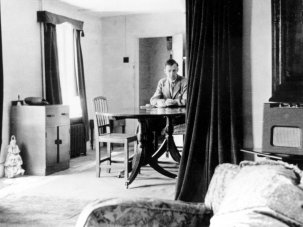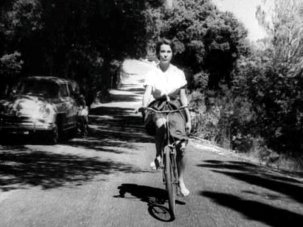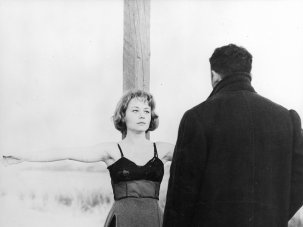Web exclusive
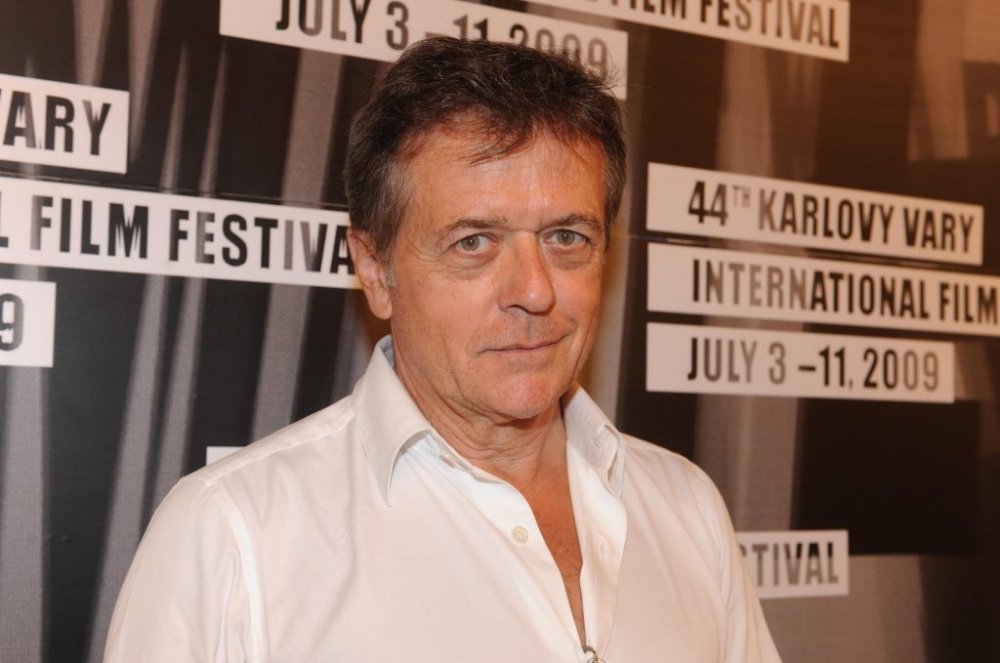
Credit: Karlovy Vary International Film Festival
His career would be notable if he’d only made films, since Patrice Chéreau won the Jury Prize at Cannes for his full-on historical fresco La Reine Margot (1994), Berlin’s Golden Bear with the controversial physicality of his South London relationship drama Intimacy (2000), and Best Director at the Césars for his elegiac ensemble Those Who Love Me Can Take the Train (1998) – to match the César he’d picked up 15 years earlier for the screenplay of his obsessive gay love story L’Homme Blessé.
Chereau was, however, also among the leading French theatre directors of his generation, renowned for his Racine and Marivaux as much as his eloquent advocacy of his favoured contemporary playwrights (Bernard-Marie Koltès, Jon Fosse).
To cap it all, though, his achievements as an opera director will probably be marked as the most significant element of his cultural legacy, spanning the last four decades across the all major houses – but never, to their shame, Covent Garden in London – and including two of the major operatic events of the era. When the long-awaited completion of Alban Berg’s Lulu was presented in Paris in 1979, Chéreau’s appropriately expressionist-influenced staging was duly celebrated, yet even that was overshadowed by his work on the centenary production of Wagner’s Ring cycle at Bayreuth in 1976. Here the combination of genuinely credible dramatic performances and the radical presentation of Wagner’s epic saga as a grand metaphor for the power politics of nineteenth-century industrialisation made the milestone production a turning point in its medium – essentially the Citizen Kane of modern opera.
Since Chéreau went to school just 100 metres from the Cinémathèque Française, where he watched Fritz Lang’s M no less than 14 times, the desire to make his own films was planted early, but it was being intoxicated by Kane and Confidential Report, and knowing Orson Welles was initially a man of the theatre, that set the teenage Chéreau on course to span both stage and screen. By 1974, already established in the theatre and the opera house, he shot his first feature The Flesh of the Orchid, a grungy French-set adaptation of a thriller by English pulp novelist James Hadley Chase with Charlotte Rampling as a murderously unhinged heiress. The cinema also continued to influence his operatic work – he credited Visconti’s The Leopard as a key inspiration for his Ring cycle, and acknowledged the debt Lulu paid to Pabst’s Pandora’s Box – while it was only in 1983 with his third feature L’Homme Blessé that his film work showed a more personal stamp in its turbulent portrayal of an ill-starred gay passion.
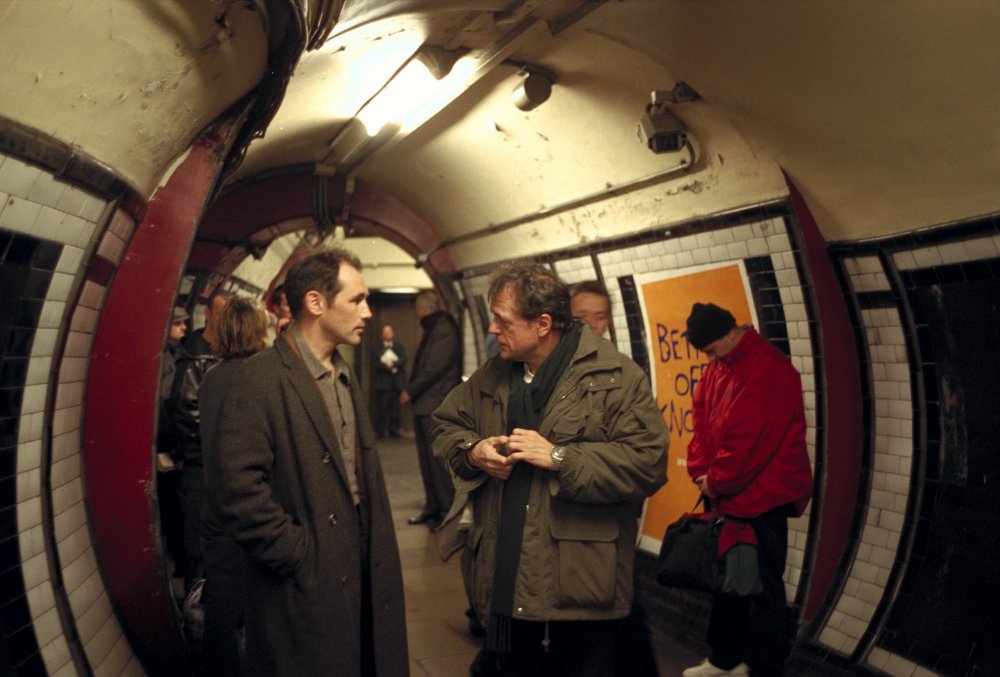
Directing Mark Rylance in Intimacy (2000)
Chéreau never wanted to be pigeonholed because of his sexuality, though gay themes were to touch some of his most potent films (Those Who Love Me etc, 2003’s Son Frère). Where L’Homme Blessé did lay down a future marker was the claustrophobic intensity of the camera’s relationship with the performers – including an extraordinary pre-Betty Blue Jean-Hugues Anglade – and the film’s fascination for abrasively unsympathetic characters. He unleashed Anglade once more in La Reine Margot, just one of the unhinged nobility in this feast of sixteenth-century sex, violence and dynastic scheming, which remains the most obviously ‘operatic’ of his films. Showcasing Isabelle Adjani’s imperious diva at the heart of the action, it’s still his best-known title internationally, though his strongest film work was still to come.
With Those Who Love Me Can Take the Train he made a decision to eschew traditional editing technique in favour of more instinctive actor-centred camerawork, setting DP Éric Gautier to weave in largely handheld cinemascope through a disconcerting, continually reconfiguring cluster of individual melodramas during a funeral gathering for Jean-Louis Trintignant’s late painter. The result was a breakthrough, its discordant components magically cohering into a movingly expressive whole, but it also proved something of a hard act to follow.
For all the physical candour of its unsimulated encounters, Chéreau’s next project, Intimacy, was more convincing in the bedroom than out of it, while his last completed film, 2009’s Persecution, proved so flagrantly elliptical in its portrayal of a curdling relationship that viewers struggled to make any connection at all.
In between, however, came two very different titles, exemplifying the breadth and depth of his capabilities: the bracingly intimate Son Frère, tackling family ties and mortality with unsettling simplicity, and Gabrielle (2005), which approached Joseph Conrad with a dazzling formal playfulness offsetting its astringent dissection of a pre-WWI marriage.
An avowed workaholic, Chéreau somehow found the time in his peripatetic schedule for occasional acting roles suited to his often fierce temperament – among them Napoleon in Youssef Chahine’s Adieu Bonaparte (1985), a brisk French general in Michael Mann’s The Last of the Mohicans (1992), an embattled father in Haneke’s post-apocalyptic Time of the Wolf (2003). Notwithstanding the sheer range of his interests, there’s never a hint of the dilettante in Chéreau’s accomplishments; no jack-of-all-trades, he was a master in every field of endeavour, justly fêted at his passing, succumbing to lung cancer at the age of 68.
“France has lost an artist of universal proportions,” came the tribute from President François Hollande, “who made us proud around the world.”




